Table of Contents
Pollo Chipotle Recipe
Ingredients
- 2 lbs boneless, skinless chicken thighs or breasts
- 2-3 chipotle peppers in adobo sauce
- 2 tbsp adobo sauce (from the can)
- 3 cloves garlic, minced
- 1 tbsp olive oil
- 1 tsp cumin
- 1 tsp smoked paprika
- 1/2 tsp oregano
- 1/2 tsp salt
- 1/4 tsp black pepper
- 1/4 cup lime juice
- 1/4 cup orange juice
Instructions
- In a blender, combine chipotle peppers, adobo sauce, garlic, olive oil, cumin, smoked paprika, oregano, salt, pepper, lime juice, and orange juice. Blend until smooth.
- Place chicken in a large bowl or ziplock bag. Pour the marinade over the chicken, ensuring it's well coated. Marinate for at least 30 minutes (or up to 4 hours in the fridge).
- Preheat grill to medium-high heat. Grill chicken for 6-8 minutes per side, or until internal temperature reaches 165°F (74°C).
- Let the chicken rest for 5 minutes before slicing. Serve with your favorite toppings like avocado, cilantro, lime wedges, or sour cream.
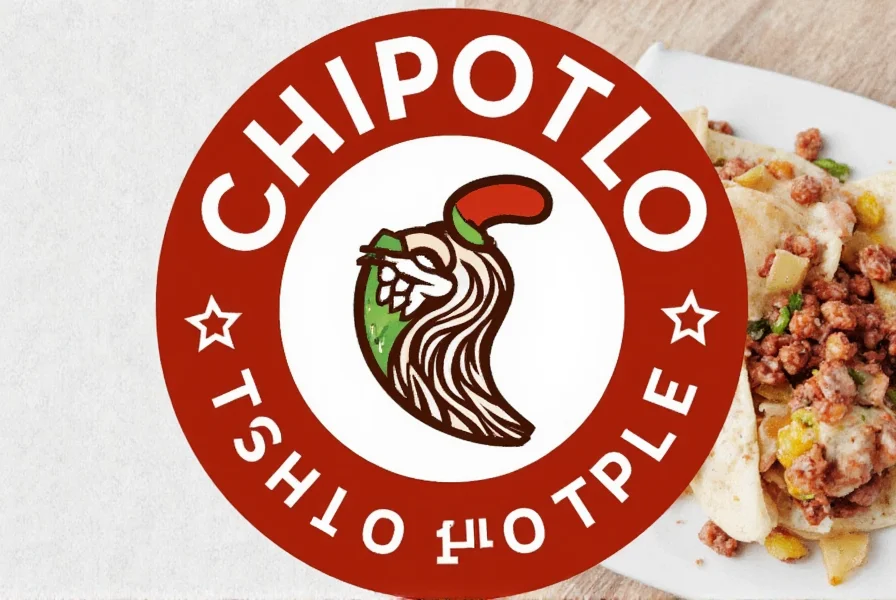
Understanding the Flavor Profile
The true magic of pollo chipotle lies in its complex flavor profile. The chipotle pepper brings a deep, smoky heat that’s different from the sharp burn of raw jalapeños. It has a slightly sweet undertone, thanks to the drying and smoking process, making it more balanced than other hot peppers.
When combined with chicken, the flavors become even more dynamic. The chicken absorbs the smoky, spicy essence, creating a rich and satisfying bite. Some people compare it to a Mexican barbecue style, while others say it's like a fusion of traditional and modern cooking techniques.
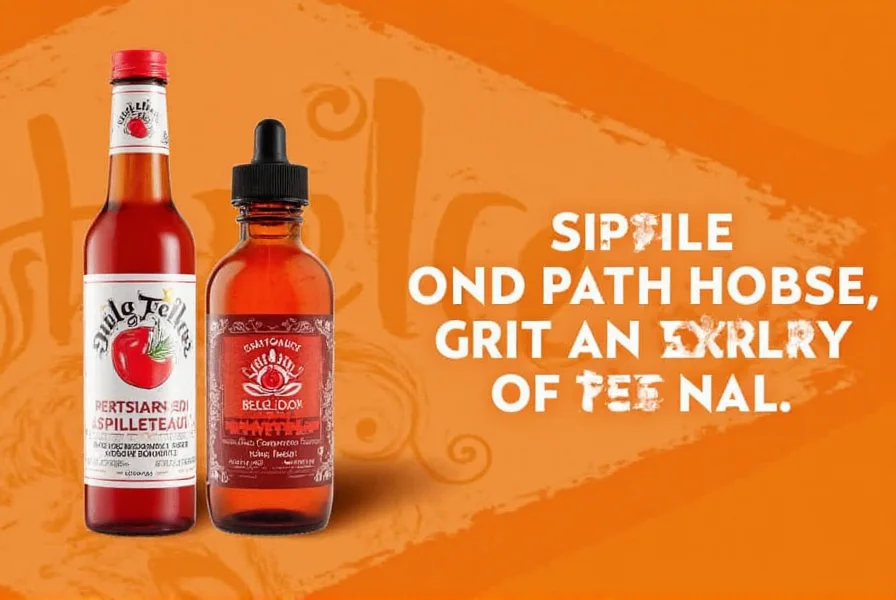
To better understand how pollo chipotle tastes, here's a quick comparison:
| Flavor Aspect | Pollo Chipotle | Regular Chicken |
|---|---|---|
| Heat Level | Medium to High | None |
| Smokiness | Prominent | None |
| Sweetness | Mild | None |
| Savory Depth | High | Low |
This contrast shows just how much character pollo chipotle brings to the table. It's not just about heat—it's about adding layers of flavor that make every bite memorable.
Essential Cooking Tips
For perfect pollo chipotle every time:
- Marinate Properly: Always marinate for at least 30 minutes to allow flavors to penetrate. For deeper flavor, refrigerate overnight.
- Control Heat: Start with one chipotle pepper and add more gradually. Remove seeds for milder heat.
- Grill or Sear: High-heat cooking creates a flavorful crust while locking in moisture.
- Rest Before Serving: Let chicken rest 5 minutes after cooking to redistribute juices.
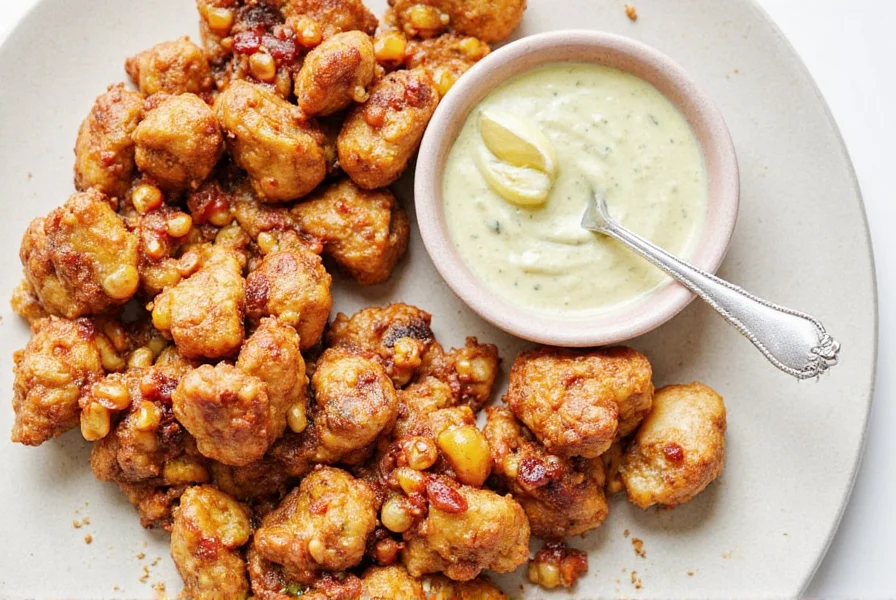
Creative Uses Beyond the Grill
Transform your pollo chipotle into these delicious variations:
- Chipotle Chicken Quesadillas: Fill tortillas with shredded chicken, cheese, and sautéed peppers. Serve with chipotle crema.
- Chipotle Chicken Salad: Toss with mixed greens, black beans, corn, and lime vinaigrette.
- Chipotle Chicken Tacos: Serve in warm corn tortillas with pickled red onions and fresh cilantro.
- Chipotle Chicken Bowls: Layer over rice with avocado, black beans, and salsa for a complete meal.
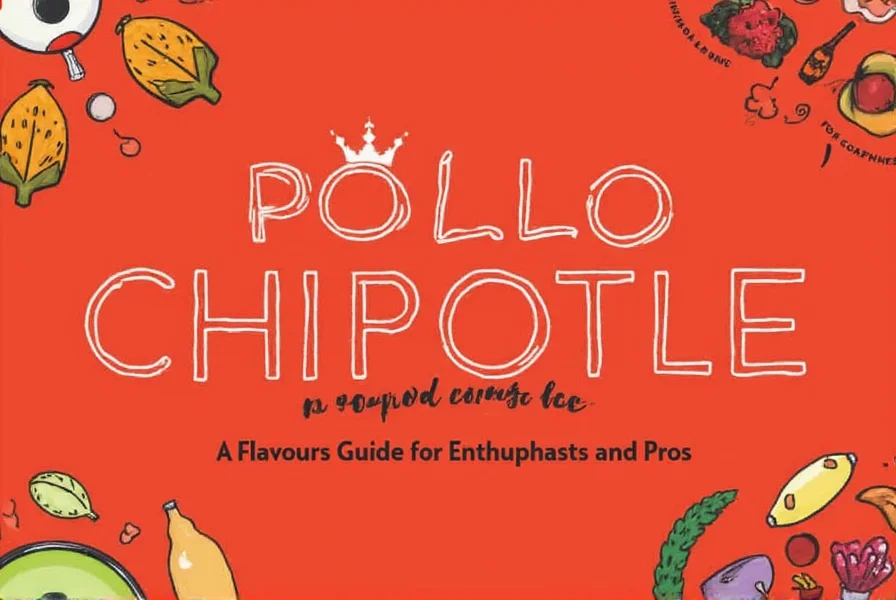
Frequently Asked Questions
What exactly is pollo chipotle?
Pollo chipotle refers to chicken (pollo) prepared with chipotle peppers, which are smoked and dried jalapeños. The dish features a distinctive smoky, spicy flavor profile that's balanced with subtle sweetness from the smoking process. It's a popular preparation method in Mexican and Southwestern cuisine.
How spicy is pollo chipotle typically?
Pollo chipotle generally has a medium to high heat level (about 2,500-8,000 Scoville units). The heat is more complex than raw jalapeños due to the smoking process, offering a deeper, more rounded spiciness rather than a sharp burn. You can control the heat level by adjusting the amount of chipotle used in your recipe.
What's the best way to reduce the spiciness of pollo chipotle?
To reduce spiciness, pair pollo chipotle with dairy products like sour cream, yogurt, or cheese, which contain casein that neutralizes capsaicin (the compound that creates heat). Adding sweetness with honey or lime juice can also balance the heat. When preparing, start with fewer chipotles and gradually increase to your desired spice level.
Can I make pollo chipotle without a grill?
Absolutely! While grilling enhances the smoky flavor, you can achieve great results using a stovetop skillet, oven baking, or even an air fryer. For extra smokiness indoors, add a pinch of smoked paprika to your marinade. The key is allowing the chicken to marinate sufficiently (at least 30 minutes) to absorb the chipotle flavors.
How long does homemade pollo chipotle last in the refrigerator?
Properly stored in an airtight container, cooked pollo chipotle will stay fresh for 3-4 days in the refrigerator. Uncooked marinated chicken should be used within 24 hours. For longer storage, freeze portions for up to 3 months—thaw in the refrigerator before reheating or cooking.
Where can I find authentic chipotle peppers for making pollo chipotle?
Authentic chipotle peppers are commonly found in the international or Mexican food section of most supermarkets, typically canned in adobo sauce. Look for brands like La Costeña, San Marcos, or Trader Joe's. Latin American grocery stores offer the widest selection, including dried chipotles. Online retailers also provide various options if local stores don't carry them.

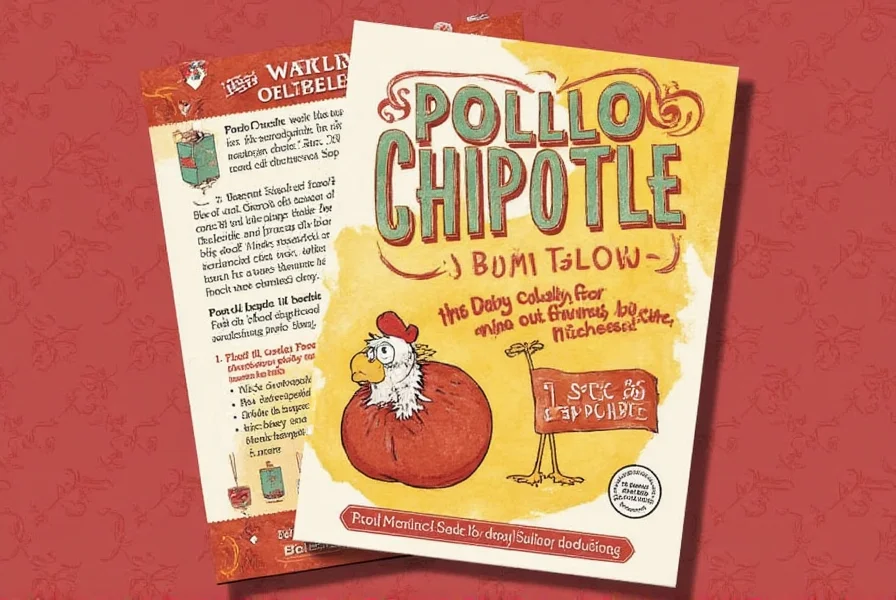









 浙公网安备
33010002000092号
浙公网安备
33010002000092号 浙B2-20120091-4
浙B2-20120091-4